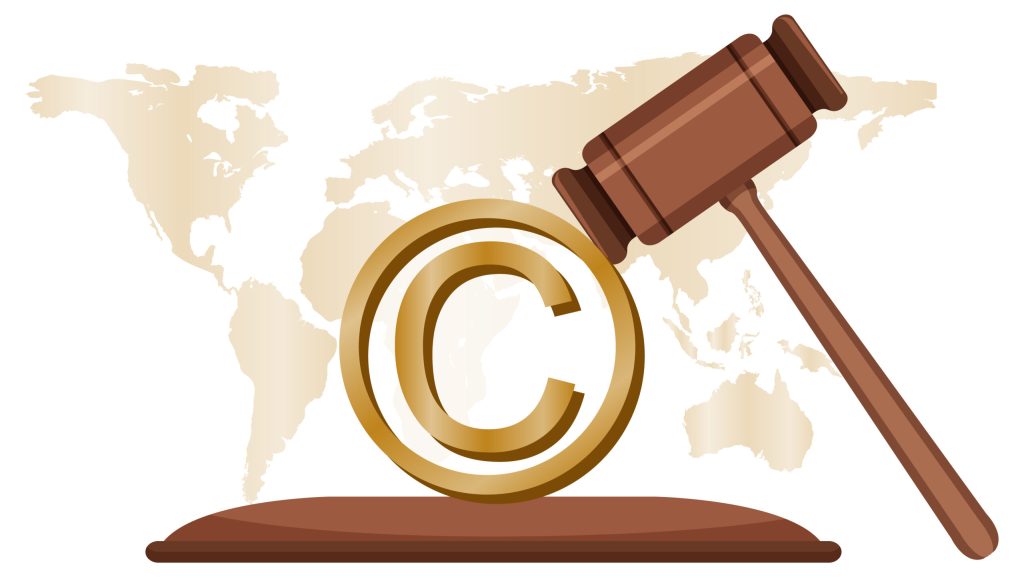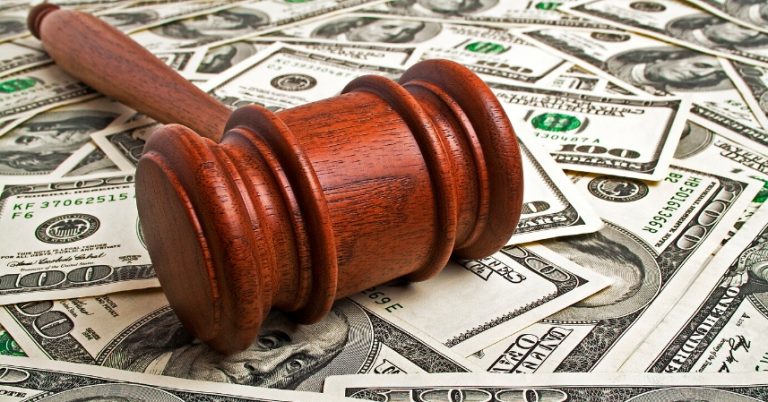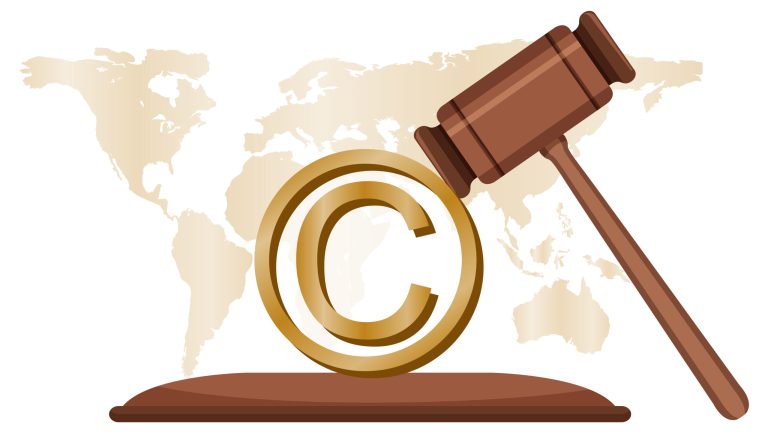
Legal Hammer and Copyright symbol illustration
Navigating copyright law can be tricky, especially when it comes to using someone else’s creative work. Many people have heard of the term “fair use,” but there’s often confusion about what it actually means and when it applies. Understanding fair use is essential for creators, businesses, educators, and anyone who works with copyrighted material.
In this blog post, we’ll break down the basics of fair use, explore common scenarios, and explain how to evaluate whether your use qualifies under this important legal doctrine.
What Is Fair Use?
Fair use is a legal principle under U.S. copyright law that allows limited use of copyrighted material without obtaining permission from the rights holder. It’s designed to balance the interests of copyright owners with the public’s interest in freedom of expression, education, criticism, and innovation.
Fair use is not a blanket permission—it’s a defense that can be asserted if your use is challenged in court. Because it is case-specific and fact-dependent, there are no hard-and-fast rules, but courts generally consider four factors when determining whether a particular use is fair.
The Four Factors of Fair Use
- Purpose and Character of the Use
Uses that are transformative—meaning they add new meaning, message, or purpose—and non-commercial are more likely to be considered fair. Examples include commentary, criticism, parody, news reporting, research, and education. - Nature of the Copyrighted Work
Using factual, published, or nonfiction works is more likely to favor fair use than using highly creative or unpublished works, which receive stronger protection. - Amount and Substantiality of the Portion Used
Using smaller portions of the copyrighted work, or parts that are less significant to the original, favors fair use. However, even a small amount can weigh against fair use if it captures the “heart” of the work. - Effect on the Market for the Original Work
If your use harms the market for the original work or potential licensing opportunities, it is less likely to be considered fair.
Common Examples of Fair Use
- Criticism and Commentary: Quoting a few lines from a book in a review.
- Parody: Using elements of a work to create humor or satire.
- News Reporting: Incorporating clips or images to report on current events.
- Education and Research: Using excerpts in classrooms or academic work.
- Transformative Use: Creating a new work that adds new expression or meaning.
When Fair Use Doesn’t Apply
Not all uses of copyrighted material qualify as fair use. Using entire works, especially for commercial purposes, or copying without adding new meaning or context, generally does not qualify. For example:
- Republishing an entire article on your website without permission.
- Using copyrighted music as background in a commercial video without a license.
- Copying and distributing full books or movies without authorization.
How to Evaluate Fair Use for Your Project
Because fair use is fact-specific, it’s important to analyze each case individually:
- Ask yourself: Is my use transformative?
- Am I using only what is necessary?
- Could my use harm the market for the original?
- What is the purpose—is it commercial or educational?
When in doubt, seek legal advice before proceeding. An experienced copyright attorney can help assess risks and advise on licensing alternatives if needed.
Why Fair Use Matters for Businesses and Creators
For businesses, fair use can enable valuable activities like creating marketing content, conducting research, or engaging with culture in meaningful ways. For creators, understanding fair use helps avoid infringement claims while encouraging innovation and free expression.
However, over-reliance on fair use without careful consideration can lead to legal disputes and financial risk.
Tips for Minimizing Risk
- Always credit the original creator even when using material under fair use.
- Limit the amount of copyrighted material you use to what is necessary.
- Consider seeking permission or licensing when possible.
- Keep records of your fair use analysis and reasoning.
- Consult a legal expert for guidance, especially for commercial projects.
Final Thoughts
Fair use is a powerful but nuanced doctrine that allows limited use of copyrighted works in service of creativity, education, and free speech. By understanding the four key factors and carefully analyzing your intended use, you can make informed decisions and reduce the risk of copyright infringement.
If your business or creative project involves using copyrighted materials, taking the time to evaluate fair use can protect you from costly disputes and help you leverage content responsibly. We recommend Braslow Legal.




